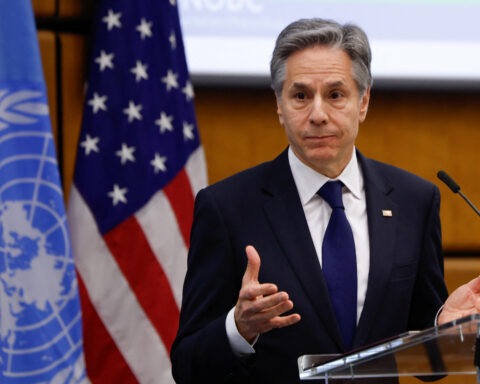The unprecedented arrival of asylum seekers and irregular migrants in the EU, which peaked in 2015, required an EU response on a number of levels. Firstly, policies to handle regular and irregular immigration, and secondly, common EU-wide rules on asylum. The migrant influx also resulted in a need for additional measures and reforms to ensure border security as well as a fairer sharing of responsibility and solidarity among EU countries.
The migration issue
Europe is a migration destination for various reasons. The causes of migration are a mix of push and pull factors and range from security, demography and human rights to poverty and climate change.
In recent years, Europe has had to respond to the most severe migratory challenge since World War II. In 2015, 1.25 million first-time asylum applicants were registered in the EU; by 2019, this figure had dropped to 612,700 applicants. In 2019, more than 120,000 people reached Europe by sea, compared to more than one million in 2015. In 2019, the total number of illegal border-crossings into the EU dropped to 141,700, its lowest level in six years and 92% below the peak of the migratory crisis in 2015.
As the reform of the common asylum policy stalled, in September 2020, the Commission proposed a new Pact on Migration and Asylum, which sets out faster procedures throughout the EU’s asylum and migration system and provides new options how member states can show solidarity. The new pact constitutes a revision of the Dublin regulation, which determines the country responsible for processing each asylum claim.
While migration flows have subsided, the crisis has exposed shortcomings in the European asylum system. Parliament has sought to combat this by proposing reforms to the EU asylum rules in 2017 as well as strengthening EU border controls.
The Parliament and member states (Council) will have to reach agreement on those new proposals as co-legislators.
European immigration policy
The immigration policy at European level deals both with legal and irregular immigration. Regarding regular immigration, the EU decides on conditions for legal entry and residence. Member states keep the right to rule on admission volumes for people coming from non-EU countries to seek work.
The European Union tackles also irregular immigration, especially through a return policy that respects fundamental rights. With regards to integration, there is no harmonisation of national legislations. However, the EU can play a supporting role, especially financially.
The European Parliament is actively involved, in the adoption of new laws on irregular and regular immigration. It is a full co-legislator together with the Council representing member states on these matters since the entry into force of the Lisbon Treaty in 2009.





